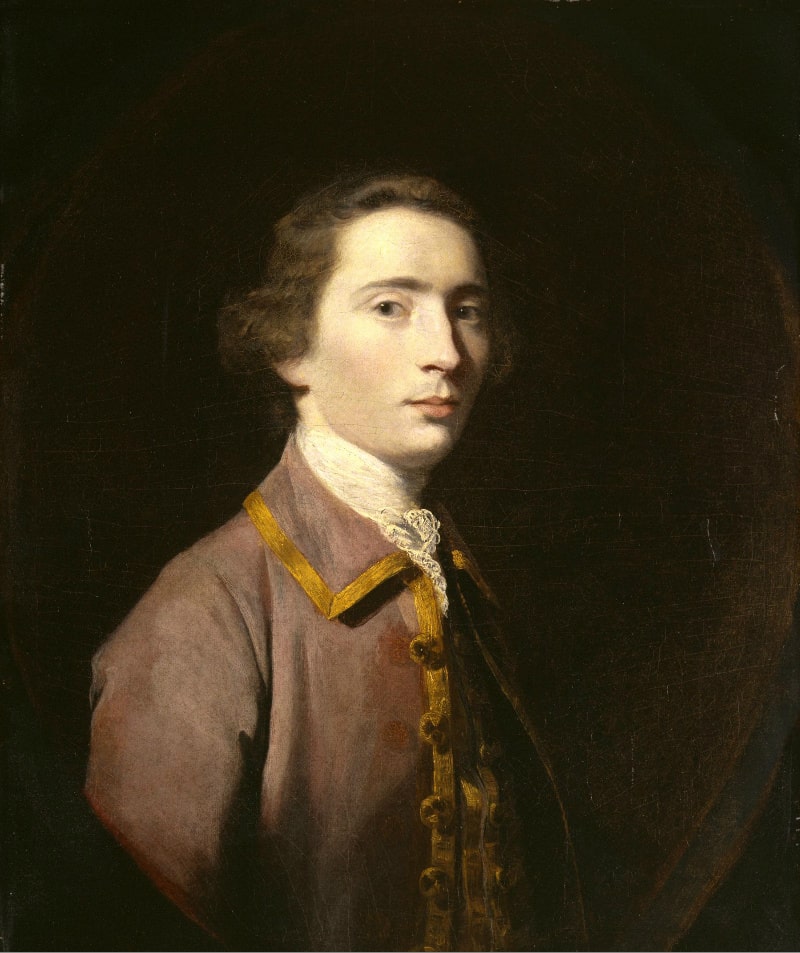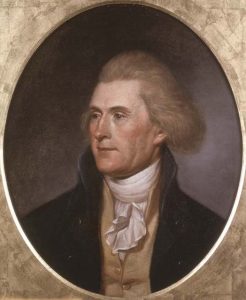Contents

Contents
Quick facts
- Born: 19 September 1737 in Annapolis, Maryland.
- A Catholic, educated in France by Jesuits, Carroll achieved widespread political influence in Annapolis through his writings, since by law Catholics in the Maryland colony could not hold public office.
- Charles Carroll arrived in Philadelphia as a delegate from Maryland to the Second Continental Congress on 18-Jul-1776. Though he did not debate the text nor vote for approval of the Declaration of Independence, he became one of the signers.
- Following the deaths of John Adams and Thomas Jefferson (4-Jul-1826), Carroll became the last surviving signer of the Declaration.
- Of the 56 signers of the Declaration, Carroll was the only Catholic.
- He was first cousin to John Carroll, the first Roman Catholic Bishop and Archbishop in the United States and the founder of Georgetown University.
- Served in the Maryland State Senate (1777 – 1800) and served a partial term in the first U.S. Senate (1789 – 91; he resigned following a Maryland law disallowing service in both state and national offices simultaneously).
- George Washington or John Hancock are often referred to as one of the richest men in America at the time. Charles Carroll was the richest man as well as the largest landowner.
- Died: 14 November 1832 in Baltimore, Maryland.
- Buried at the chapel on his country estate, Doughoregan Manor, in Ellicott City, Maryland.
Biography

Charles Carroll, American political leader of Irish ancestry, was born at Annapolis, Maryland, in 1737. He was educated abroad in French Jesuit colleges, studied law at Bourges, Paris, and London. In February 1765 he returned to Maryland where he inherited an estate known as Carrollton, in Frederick county; henceforth he always signed his name as Charles Carroll of Carrollton.
Before and during the War of Independence, he was a Whig or patriot leader, and as such was a member of the various local and provincial extra-legal bodies — committees of correspondence, committees of observation, council of safety, provincial convention (1794 – 76) and constitutional convention (1776). From 1777 until 1800 he was a member of the Maryland Senate.
From April to June 1776 he, along with Samuel Chase and Benjamin Franklin, was a member of the commission sent by the Continental Congress to Quebec for the purpose of persuading the French-peopled British colony to join the thirteen revolting colonies (which failed). From 1776 to 1779 he sat in the Continental Congress, rendering important services as a member of the board of war and signing — at the of August 1776 — The Declaration of Independence, though he had not been elected until the day on which that document was adopted. He was a member of the United States Senate from 1789 to 1792.
From 1801 he lived in retirement, his last public act being the formal ceremony of starting the construction of the Baltimore and Ohio railway (4 July 1828). In politics, after the formation of parties, he was a staunch Federalist. Of unusual ability, high character and great wealth, he exercised a powerful influence, particularly among his co-religionists of the Roman Catholic faith, and he used it to secure the independence of the colonies and to establish a stable central government. He died in 1832 at Baltimore, having out-lived all the other signers The Declaration of Independence.



